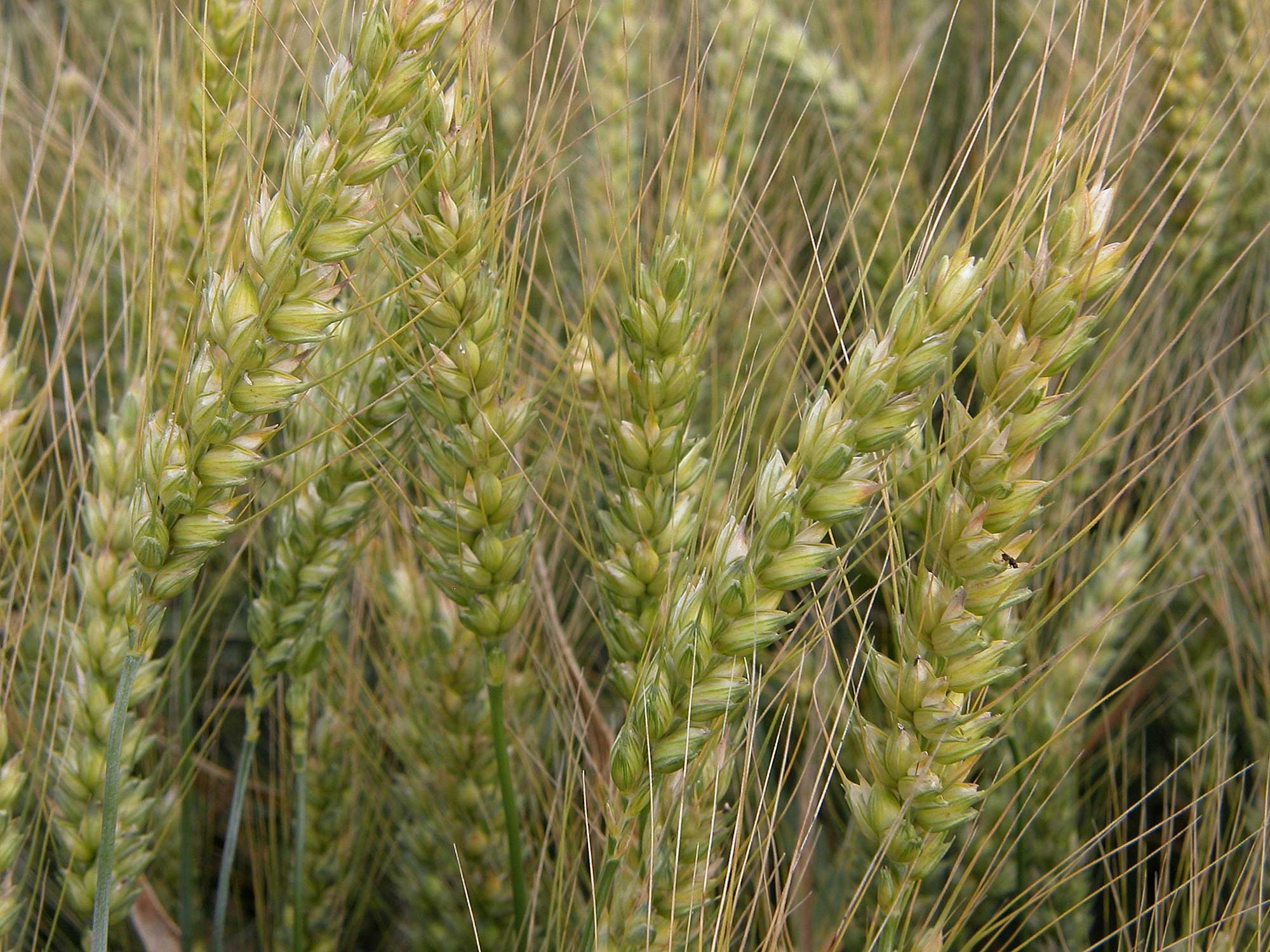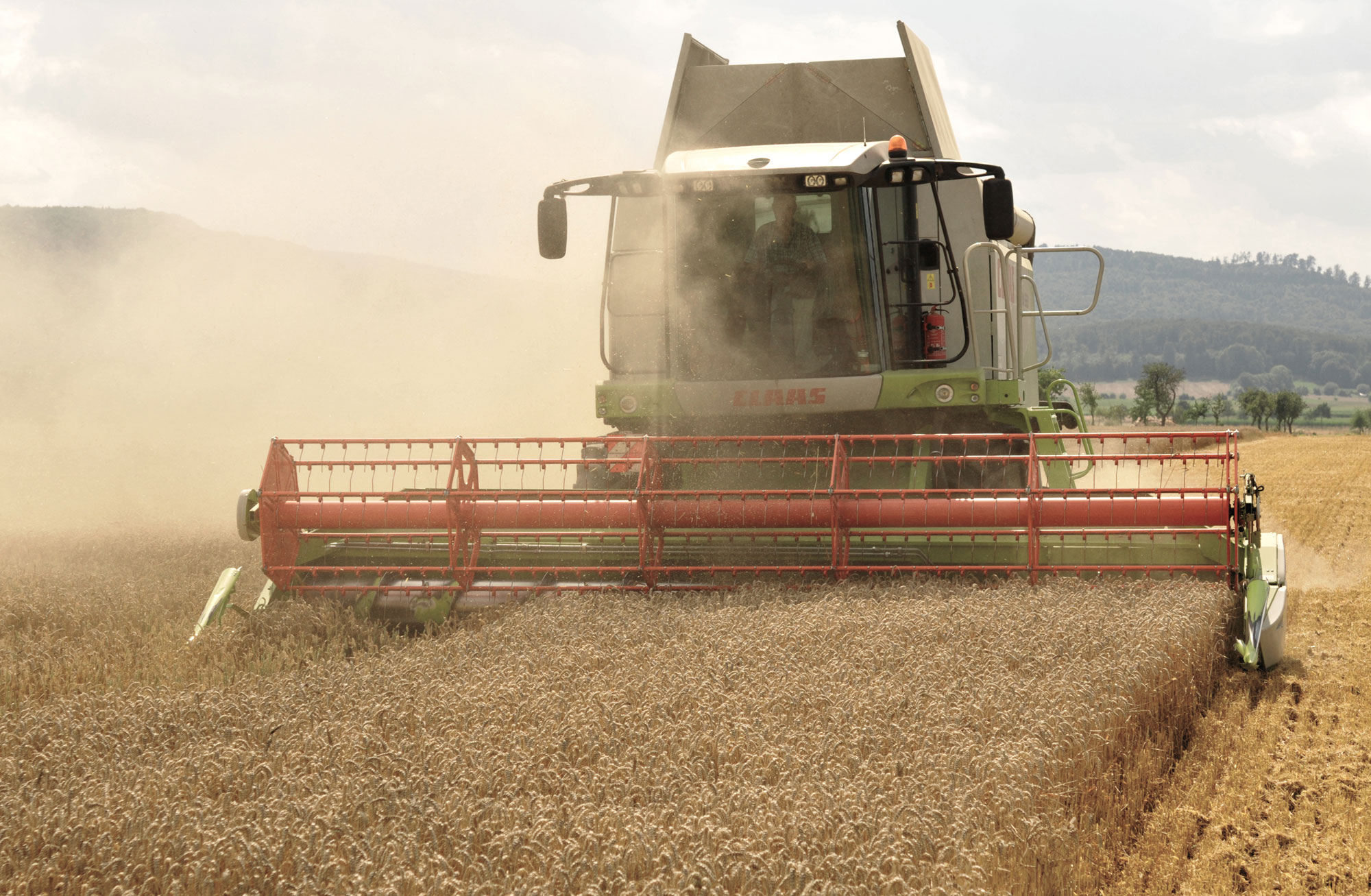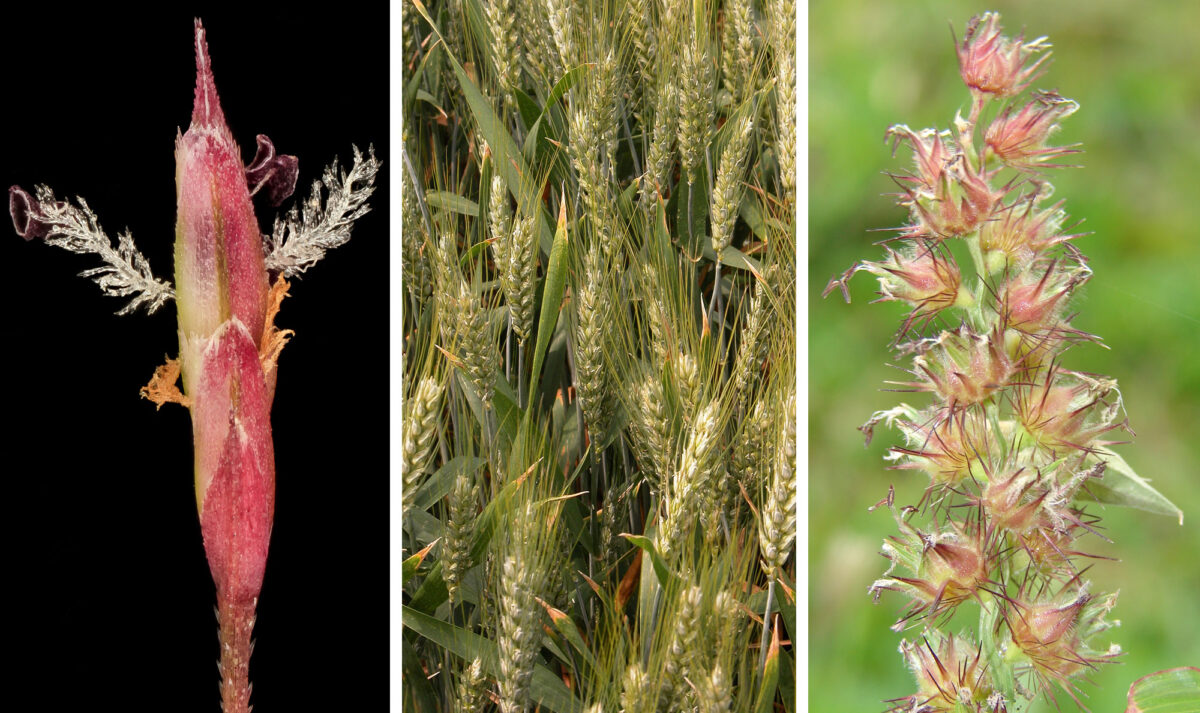Grasses are flowering plants in the family Poaceae (the grass family), which includes an estimated 780 genera and 12,000 species. Grasses are one of the most dominant types of plants on Earth today. Grassland environments constitute over 40% of the planet’s non-polar land area, and grasses are estimated to make up about 20% of global vegetation. They include economically important cereal crops (for example, wheat, oats, rye, corn, barley, rice, and millet), as well as turf, landscaping, and forage plants. They are significant sources of sugar, fuel, and other products. Grasses have been important throughout human history, from the earliest domestication of plants to modern agriculture and the global food system today.
The purpose of this website is to provide an overview of grasses, including their biology, diversity, genetics, domestication, and significance to human society, with a special emphasis on grasses in Tribe Andropongoneae, commonly known as the Bluestem Tribe or the Sorghum Tribe.
Header image: Grasses, left to right: Purple lovegrass (Eragrostis spectabilis), cultivated wheat (Triticum aestivum), and southern sandbur (Cenchrus echinatus). Photo left to right: USGS Bee Inventory and Monitoring Lab (flickr, public domain); INRA, Jean Weber (flickr, Creative Commons Attribution 2.0 Generic license); Forest and Kim Starr (Wikimedia Commons, Creative Commons Attribution 2.0 United States license). All images cropped and resized.
Introductory topics
Introductions to grass names, diversity and classification, morphology and anatomy, life cycle and reproduction, and genetics.

Grass ecology and evolution
Introduction to global grassland ecosystems (both temperate and tropical), types of evidence used to study grasses in the fossil and archaeological record, and the fossil record of grasses, and grasses and the evolution of grazers and hominins.

Grasses and people
Introduction to crop improvement, cereals, sugar, biofuels, lawns, and grasses & climate change; quick facts about gluten and synthetic turf; links to other topics.

Tribe Andropogoneae (Bluestem/Sorghum Tribe)
Information about grasses in Tribe Andropogoneae (the Bluestem Tribe or Sorghum Tribe), including additional information on the major crop plants sugarcane, maize (corn), and sorghum.

Teaching with grasses
Activities and information for teaching about grasses and their signficiance.


Credits
Authors: Some of the content of Earth@Home: Grasses comes from The Teacher-Friendly Guide to the Evolution of Maize, which was published online as a web resource. The citation for that original resource is:
Content and revisions are also included from a revised manuscript of the Teacher-Friendly Guide to the Evolution of Maize (Carlyn Buckler, Dhyan Palanichamy, and Andrielle Swaby, 2019). Additional content and revisions by Elizabeth J. Hermsen, Demeter Burns, Naomi Schulberg, Warren D. Allmon, Tiffany Boyd, Don Haas, Mark Johnson, Ryan McRae, and Ingrid Zabel have been incorporated into the present website, which was developed in 2022 to 2023. Individual authors for each page are listed in the credits section at the top of the page.
Editor: Elizabeth J. Hermsen served as editor for the Earth@Home: Grasses website from 2022 to 2023.
Acknowledgements: Kate Rowell contributed to background research on education and exhibits resources about maize and its relatives.
Funding
Development of the Grasses part of Earth@Home is supported by a grant from the National Science Foundation (1822330) and by content developed during previous grants, NSF 0820619 and 1238014. The views, findings, conclusions, or recommendations expressed in this website do not necessarily represent those of the National Science Foundation.



